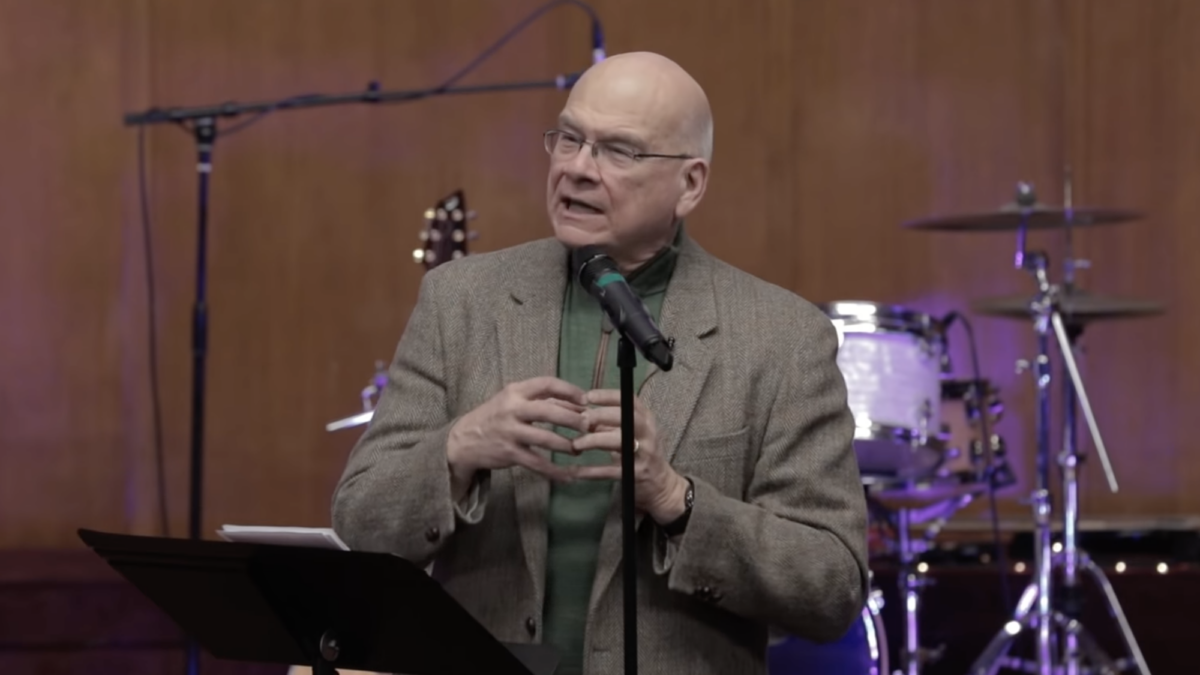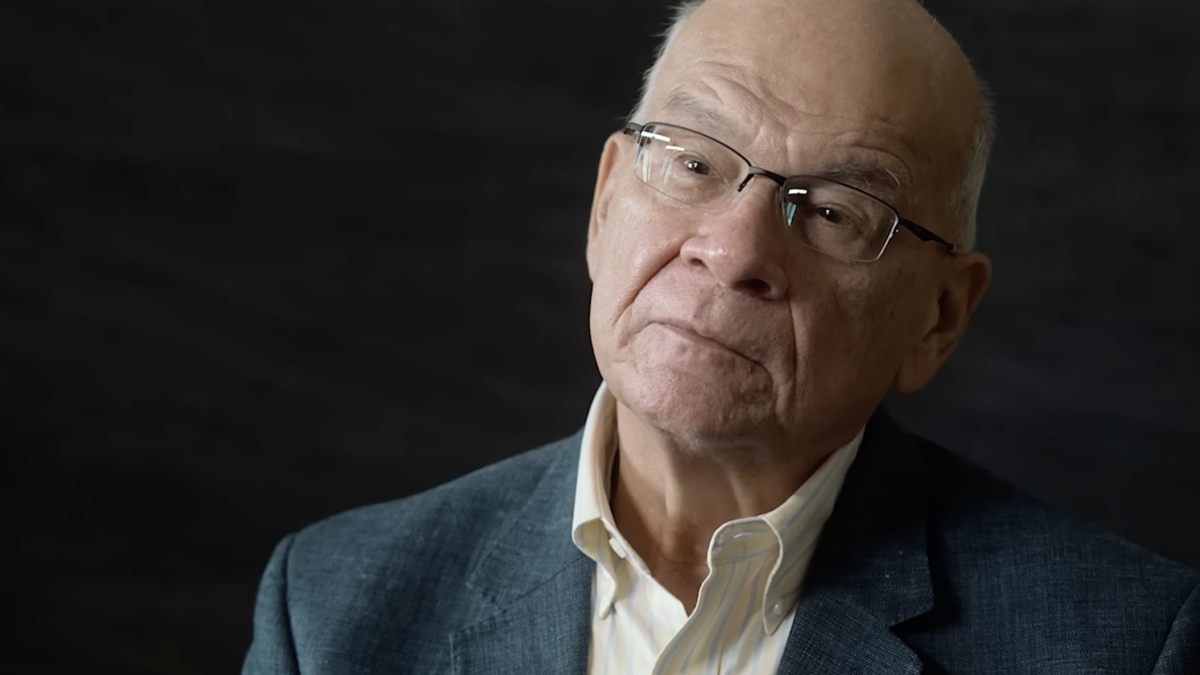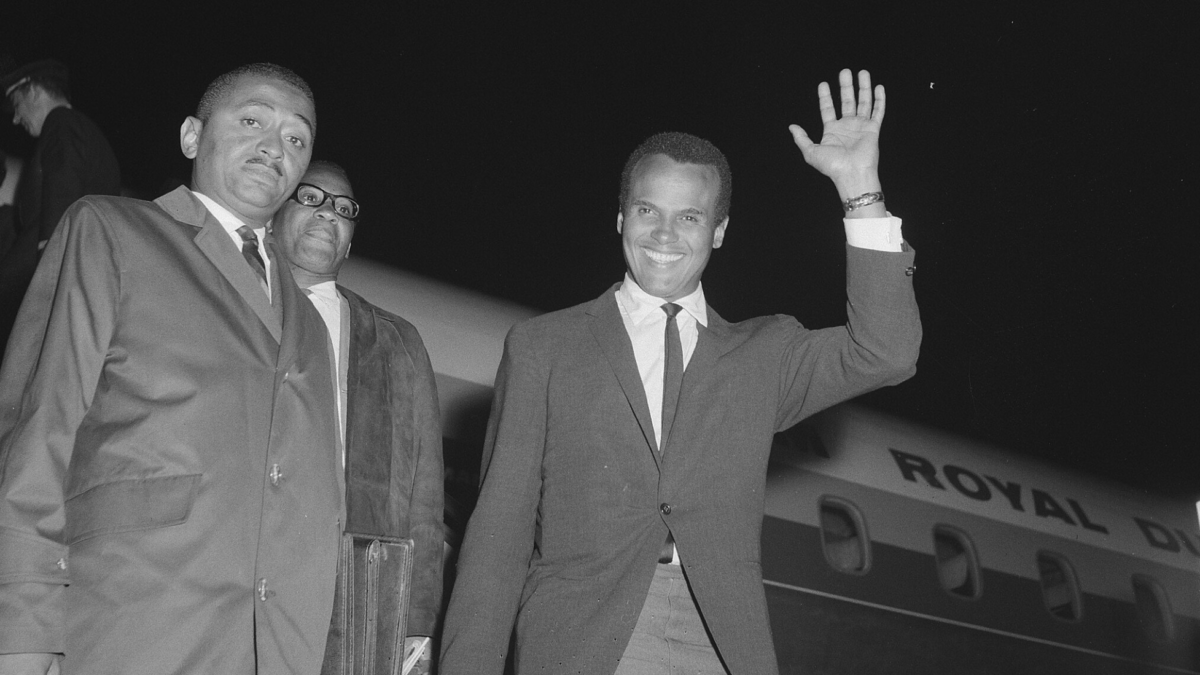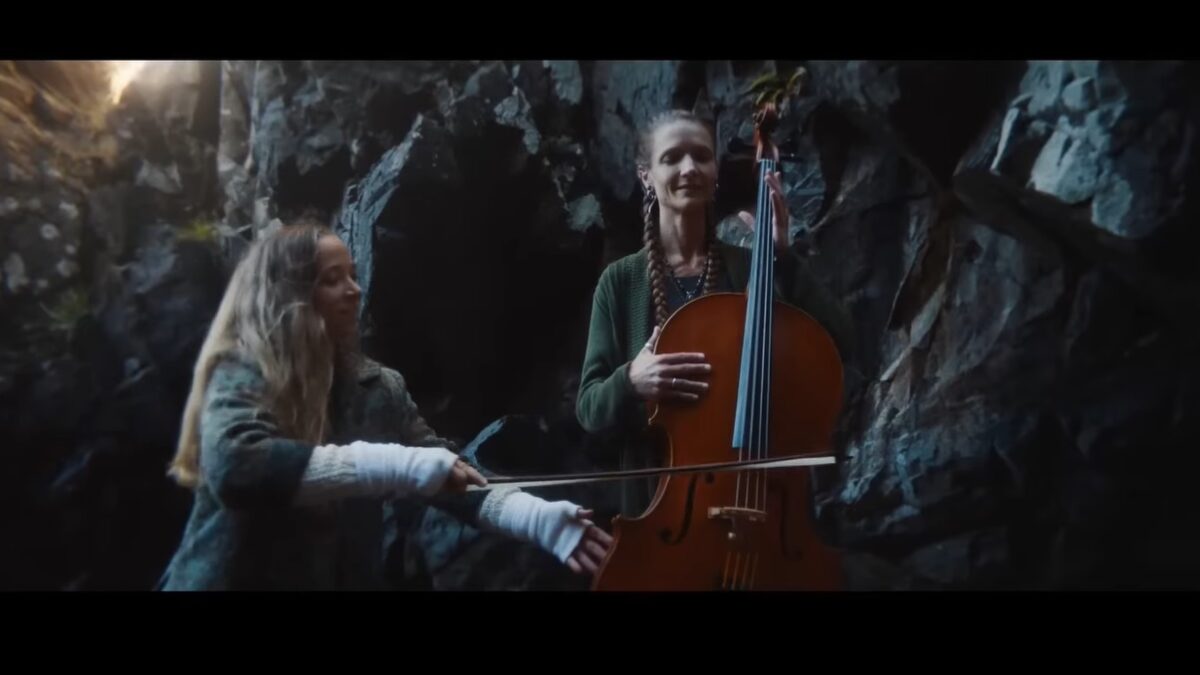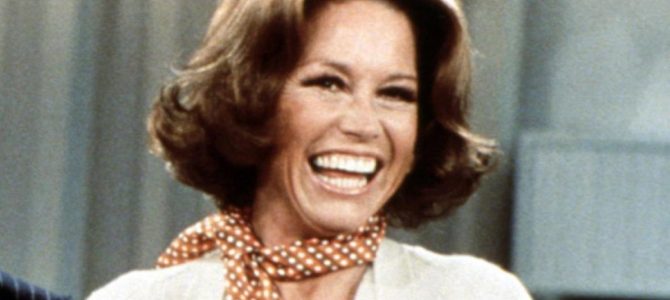
“Can’t you see anything except in terms of how it affects you?” charged Calvin Jarrett (Donald Sutherland) angrily to his on-screen wife.
“No. And neither can you or anybody else. Only I’m more honest about it.” So replied Mary Tyler Moore in her portrayal of Beth Jarrett, a role that won her a nomination for Best Actress in “Ordinary People.” Those words bore much truth as I, along with millions of other Americans, learned of Moore’s death, at the age of 80.
Unlike the many high-profile deaths that punctuated a tumultuous 2016 with surprise and sadness—Prince, George Michael, David Bowie, Carrie Fisher, Debbie Reynolds—Moore’s passing evoked a much deeper nostalgia because her on-screen life paralleled my youth and young adulthood.
With her death then, came not grief, but a kind of bittersweet remembrance of times past, the kind of emotion that engulfs an adult upon returning, decades later, to the grammar school of his youth. The sights and smells recall a time far away, yet near in the mind’s eye.
Remembering Mary Tyler Moore
So too, was my afternoon since learning of her death. The cluttered, small bedroom of my parents, where I laid an entire week as a sick six-year old, watching rerun upon rerun of old “Dick Van Dyke Show” episodes—one of the few choices available in those days of rabbit-ears and remote-less televisions, on which Moore played Laura Petrie.
My mother’s smile lighting up the room, when she would sit a moment with me and recollect the episode she had seen long before. Laura tumbling out of the closet atop a wave of walnuts. Rob practicing the hospital run, hat in hand, for when little Richie would arrive. Laura hobbling into an evening affair in formal attire, but with her toe encased in a spigot. Or with her sweet earnestness, betraying the baldness of Alan Brady during an interview.
That endearing innocence recreated again at a Christmas-time performance when, to her dismay, Laura discovered the remaining members of her quartet had departed. She remained standing solo, playing her imaginary flute. Moore’s portrayal of giddy embarrassment as she darted off, stage right, still remains vivid.
Years later, having left the rural world of my youth to live in Chicago—young, single, and ready to take on the world—Moore kept me company late at night when I half-heartedly studied for the bar exam. That summer I binge-watched, I think, the entire run of the Minneapolis-based series, “The Mary Tyler Moore Show.” Always a generation behind in my tastes, I related more to Mary Richards than to Ally McBeal.
Mary’s appeal was undeniable, whether she was the spunky young woman timidly sitting across from Lou Grant while interviewing for a job, or the inconsolable—and then uncontrollable—Mary Richards whose emotions whiplashed the audience in “Chuckles Bites the Dust.” Whether she was barbing with Betty White or hosting one of her famously dull parties, Mary’s spirit entertained.
A Timeless Role Model of Femininity
There was just something about Mary. It was personal, and not just with me. Social media abounds with recollections of her, all inextricably entwined with the individual. She wasn’t just an actress who played a character, she was the setting of our lives. She was the backdrop to my husband’s childhood, entertaining his parents while he played with his siblings, too young to fully enjoy the original run of the ‘70s show.
For others—many, if you believe the news reports—Moore served as an example or role model for the “modern” woman of the times. In many respects, she could serve as a better role model for today. While a career woman, she never gave up on love, even going so far as to try to date Lou Grant after his divorce. (She couldn’t keep a straight face in that endeavor either.)
But she wasn’t willing to settle when her boyfriend didn’t want to marry and wanted to keep things free and fun. She also stood up for equal pay for men and women, but the genuine kind: job for job, task for task, not the 77 cents apples to oranges comparison. Mary also spoke out against anti-Semitism when her new tennis club friend snubbed the character Rhoda.
Reasons Not to Mourn Mary
Moore loved Mary Richards and Laura Petrie, as I and so many others did. But interrupting my remembrances this afternoon, the radio played another clip from one of her interviews. Moore noted that while those characters would always hold an enduring place in her heart, she was an actor and liked challenges. “Ordinary People,” of course, was one of those challenges, which proved her mettle extended far beyond the adorable all-American girl.
But that role, too, was just that—a role. My nostalgia is not mourning, because to me she was a character; a much-beloved one, not the person behind the role. She shared some of herself, though, in her books, “After All,” and later in “Growing Up Again: Life, Loves, and Oh Yeah, Diabetes.”
She spoke of the many painful events in her life. She lost her sister and shortly thereafter her brother, with whom she was exceedingly close. Most tragically, she buried her only child, son Richie, who died at the age of 24 from an accidental gunshot wound. Moore also shared her struggles with alcoholism and diabetes. But through it all, as she told Charlie Rose: “It has been a wonderful life. Absolutely terrific. There are very few things I would go back and do differently if I had that control.”
That’s another reason not to mourn for Mary.
Memories of Mary

A bronze hat-tossing statue of Mary Taylor Moore greats visitors of Minneapolis, Minnesota, the setting for “The Mary Tyler Moore Show,” which ran from 1970 to 1977.
Moore began her nearly fifty-year stint in show business as Happy Hotpoint, a dancing elf advertising Hotpoint applicances. Adorable from day one!
https://www.youtube.com/watch?v=v3X9XO1-t_8
Originally intending to be a dancer, Moore often showcased her footwork—and capri-accented physique—on “The Dick Van Dyke Show.”


